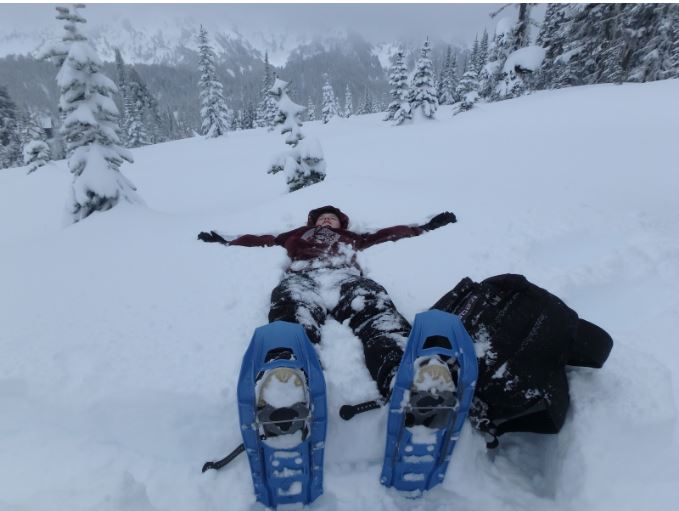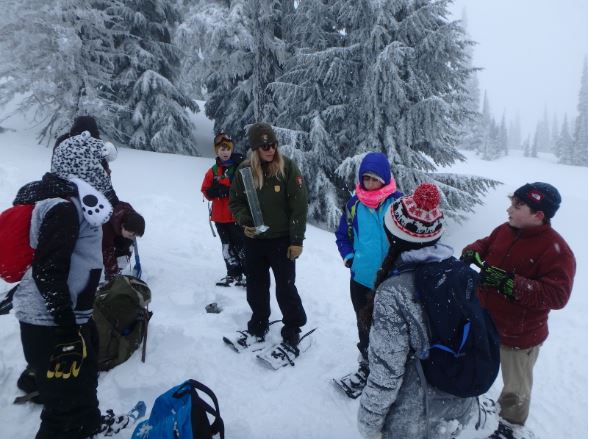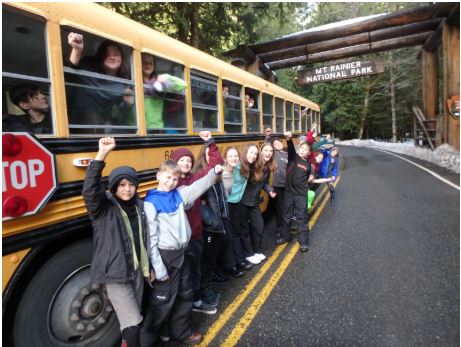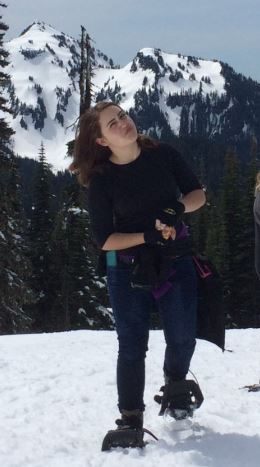The 2017-18 School Year is the 2nd year of our NOAA sponsored “Climate Resiliency Fellows” Program. Our aim is to “Create a dynamic community of informed teachers committed to involving their students in learning about and engaging in local climate change issues and climate resiliency projects.” Many thanks to all of our hard working teachers and students!
The following is from Marshall Middle School Teacher Matthew Phillipy:
Students struggle with enough things these days, peer pressure, social media, standardized testing, etc. The last thing we as educators want to do is add to the growing list of things that kids are stressed and over anxious about. But what do we do to prepare them for a world with a changing climate? While politicians debate the issue that scientists overwhelmingly (97%) agree is happening and in no small part due to human activities, students sit on the sidelines as helpless participants in the game of climate change. We don’t want to add stress to our students lives, but we must prepare them for what is already happening, and that is a climate that is getting harder to predict and growing more extreme as the seasons pass. So how can we teach kids about climate change in a way that won’t stress them out and might just get them engaged in this hot topic? My solution is snowshoeing!
This March we took our 6, 7 and 8 graders snowshoeing to Mount Rainier National Park. This is a trip we do every year and every year we have a different scientific focus. This year it was climate. Students worked in small research teams alongside National Park Rangers to learn about snowpack, glacier formation and watershed projections. Students had to strap on snowshoes and trudge through 3’ of fresh Cascade powder up at Paradise to learn about these topics. The rangers taught our kids how to measure snowpack using graduated cylinders, camping stoves and spring scales. Students learned that snow holds more air than water and that hydrologists can use snowpack to predict spring/summer streamflow and irrigation potential. The rangers also taught the kids how to use probes and shovels and thermometers to measure different levels of snowpack and to demonstrate how glaciers form over time.
Overall the students spent the day learning some really cool and very relevant scientific monitoring skills and they had a ton of fun in doing so! By the end of the day the kids felt satisfied and empowered with the trails they blazed on snowshoes and the new knowledge they had about snow science. They did not feel overwhelmed or “doomed” by climate change. The kids seemed to be motivated and excited about the prospects of sharing their new knowledge to combat the effects of climate change.
In the end we want kids to be climate literate. But we don’t want the kids to feel intimidated. The best way to get kids involved in climate science is to root their understanding at a place of wonder and magic like Mount Rainier. We have magical places all around us in this region. Let’s take our students to these places, let’s teach them how scientists study these places and let’s empower them to do something to protect these places



